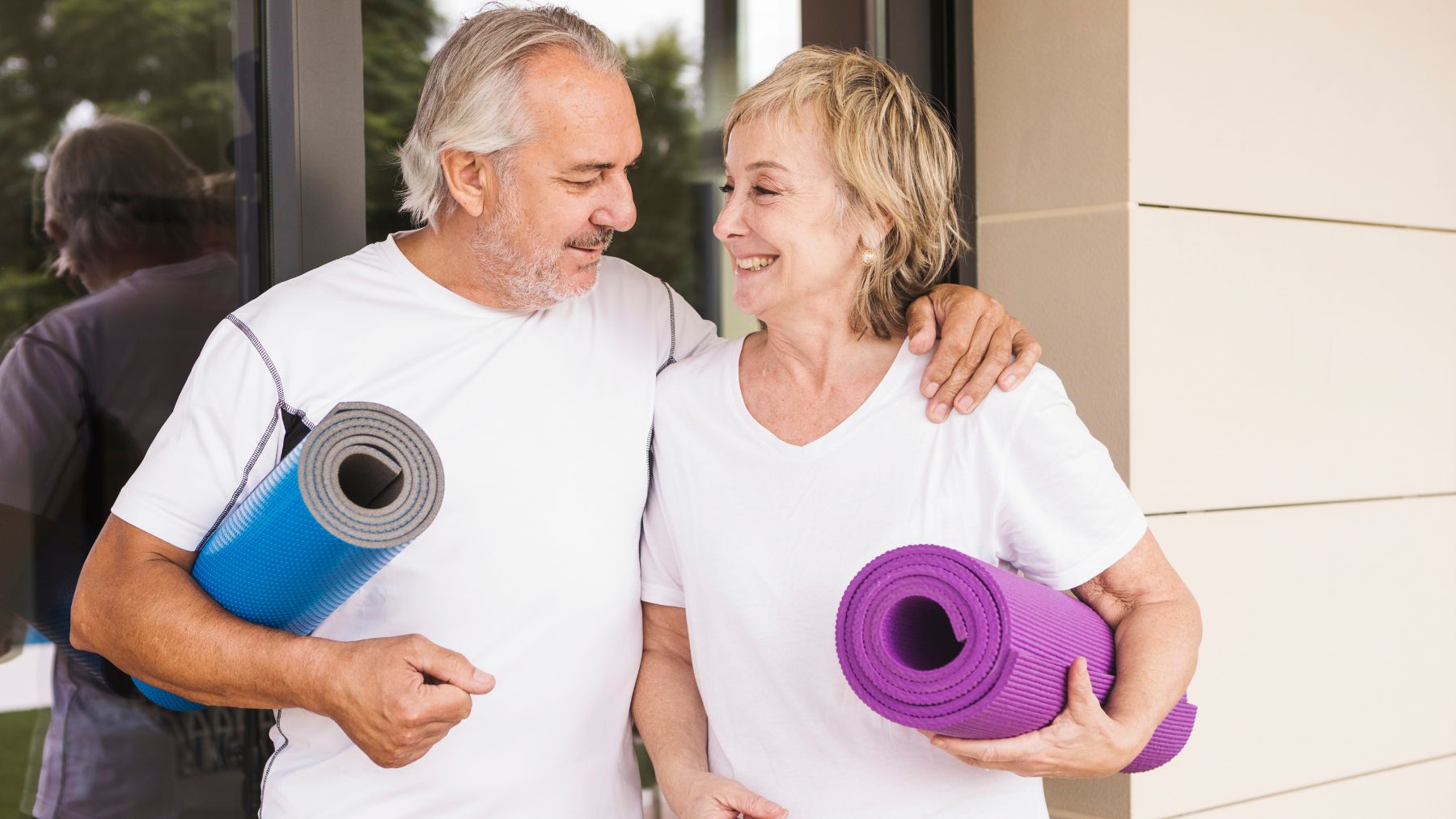When it comes to fitness after 60, most people rely on walking or jogging to stay in shape. But new research from Harvard Medical School suggests there’s a better way to build strength, balance, and mental sharpness in older age. This unexpected finding challenges long-held beliefs about the best workouts for longevity and vitality.
As the body changes over time, its needs evolve too. Some older adults maintain impressive mobility and stability, while others lose strength or confidence in movement. Harvard experts say the key isn’t just how much you move—it’s choosing an activity that strengthens both body and mind in harmony.
What is the exercise Harvard recommends for seniors over 60?
Harvard researchers highlight martial arts as one of the most effective fitness choices for adults over 60. Contrary to the popular image of fast punches and flying kicks, many traditional martial arts are slow-paced, gentle, and highly adaptable. They emphasize balance, control, and mindfulness—qualities essential for healthy aging.
Disciplines like Tai Chi, Aikido, and Wing Chun focus on deliberate, flowing motions that activate muscles without stressing the joints. These movements encourage stability, flexibility, and strength while minimizing injury risk—offering a safer, more sustainable path to staying fit than running or heavy gym workouts.
Why martial arts work so well for aging bodies
While martial arts may sound intense, many styles are designed for longevity rather than competition. The slower rhythm and mindful nature make them ideal for seniors who want to preserve mobility and focus.
Practitioners often notice better balance, stronger reflexes, and reduced stiffness after a few sessions. Controlled breathing helps calm the nervous system and improve sleep, while the mental focus required enhances memory and clarity.
Unlike repetitive cardio routines, martial arts stimulate both mind and body, keeping cognitive and motor skills sharp. Each move demands attention and coordination, improving agility and awareness in everyday life.
Examples of senior-friendly martial arts
- Tai Chi: Gentle, flowing movements combined with deep breathing improve circulation and joint health.
- Aikido: Emphasizes harmony and flexibility by moving with, rather than against, energy—ideal for balance and coordination.
- Wing Chun: Compact, efficient motions that sharpen reflexes and confidence without strain.
- Gentle Jiu Jitsu: Focuses on awareness and control, offering a safe way to build strength and self-assurance.
These styles can be adapted to any ability level, making martial arts an inclusive, low-impact way to enhance both strength and mindfulness.
The Harvard research behind the benefits
According to Harvard Medical School researcher Dr. Peter M. Wayne, Tai Chi and similar disciplines improve “physiological complexity“—the body’s ability to adapt smoothly to physical challenges. Older adults who practice these movements tend to maintain better coordination, stability, and resilience than those who rely solely on aerobic exercise.
Just as importantly, martial arts classes create a social outlet for seniors. Shared practice encourages camaraderie, motivation, and a sense of belonging, which play a crucial role in emotional well-being.
A new way to age gracefully
Starting martial arts later in life isn’t about fighting—it’s about balance, focus, and empowerment. Each class teaches controlled movement and calm awareness that extend into daily life, improving mood, sleep, and confidence.
For those seeking an alternative to walking or running, this approach offers a holistic path to lifelong fitness. With the right guidance, anyone can rediscover strength, stability, and vitality—proving it’s never too late to feel powerful again.

